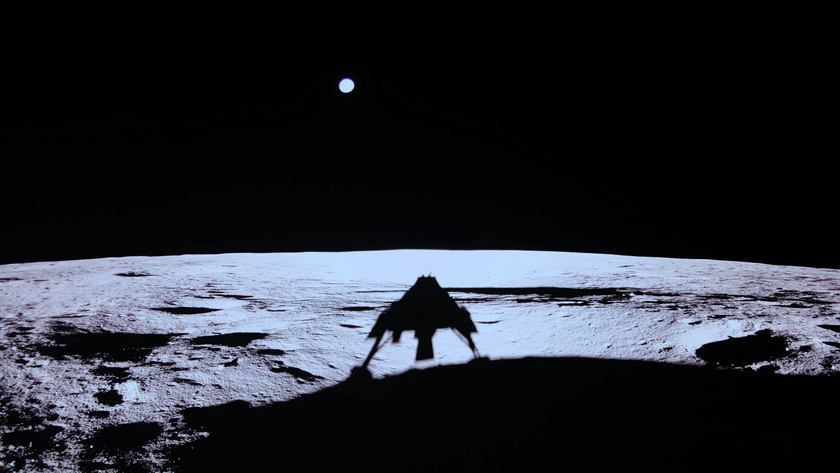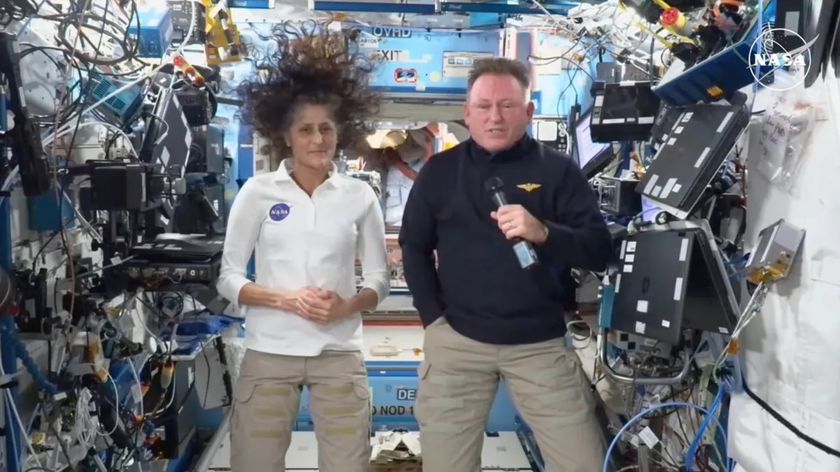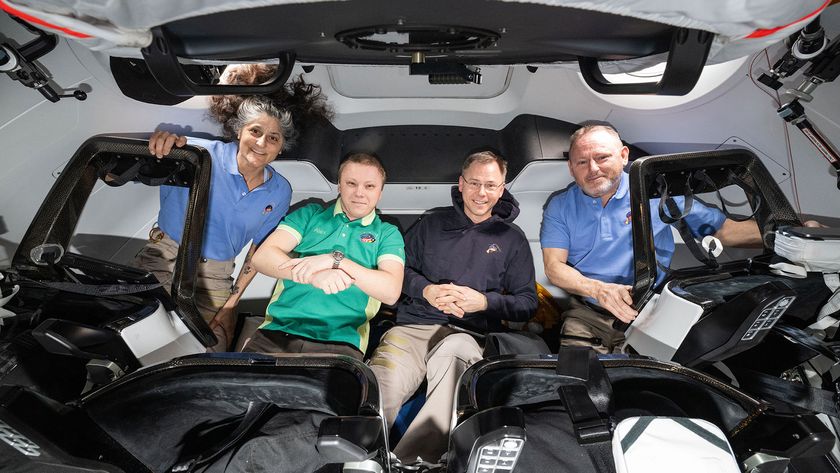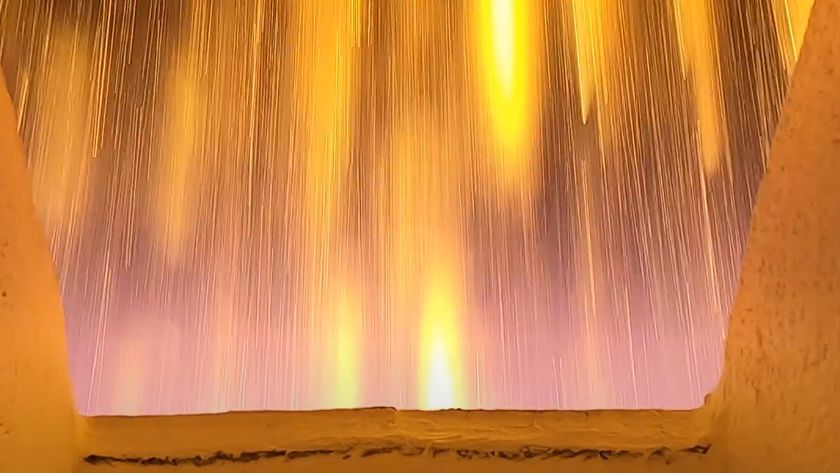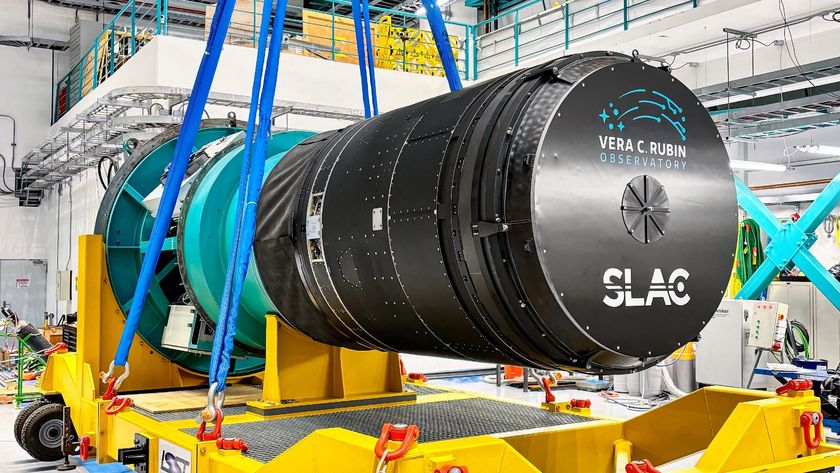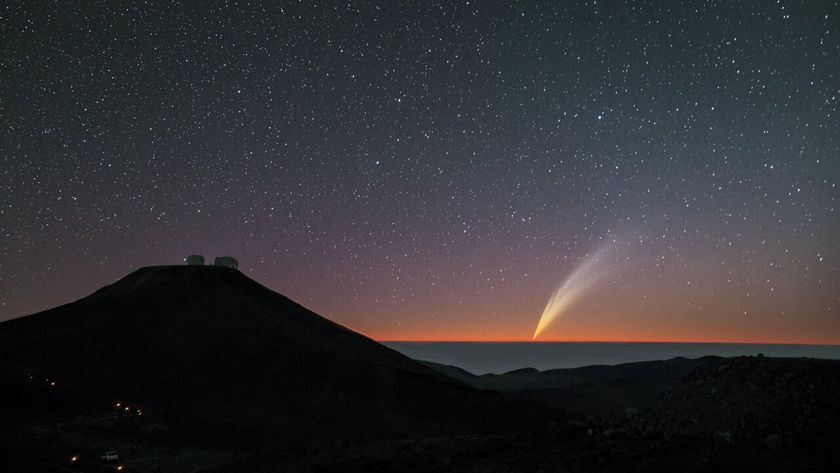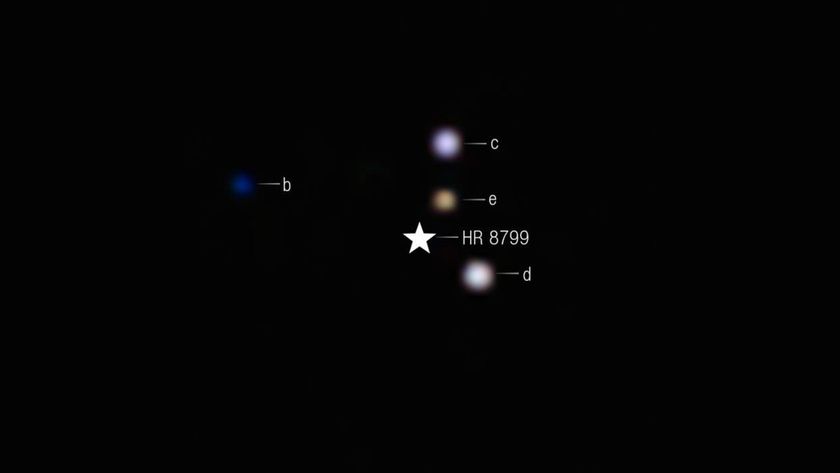World's Largest Ground-Based Telescope Array Opens in Chile Soon
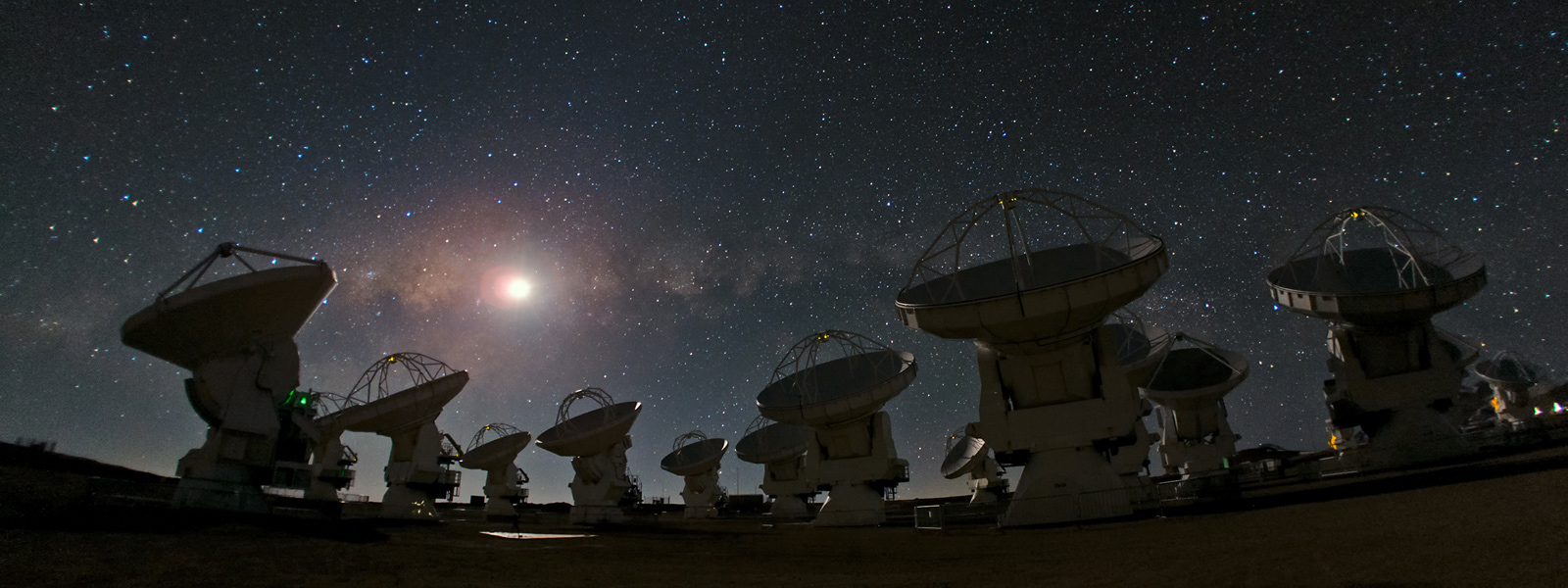
A vast telescope touted as the largest ground-based astronomy project in the world, an array of 66 radio dishes in Chile's high desert, will be officially opened for business next week with a cosmic inauguration ceremony on Wednesday (March 13).
The Atacama Large Millimeter/submillimeter Array (ALMA) is a $1.3 billion collaboration between North America, Europe and Asia, built high on a mountain in Chile's Atacama desert.
To celebrate the transition between ALMA's construction phase and its status as a functional observatory, hundreds of scientists, government officials and journalists will gather for a ceremony that will be webcast around the world. Chile's president, Sebastián Piñera, will also speak at the event.
The observatory will provide unprecedented views of faraway galaxies that formed shortly after the Big Bang, and will peer at the clouds of gas and dust where new planets are being formed around alien stars. [Meet ALMA: Photos of a Giant Radio Telescope]
"ALMA is a telescope that is basically 100 times more powerful than any similar millimeter telescope that's ever been built before," said Jim Ulvestad, director of the Astronomical Sciences Division at the National Science Foundation's Directorate for Mathematical and Physical Sciences, during a press conference Tuesday (March 5).
ALMA will observe in the millimeter and submillimeter range of radio wavelengths to catch sight of extremely distant objects that are speeding so quickly away from us that their light has been stretched into this range of the electromagnetic spectrum. To get the crispest pictures possible, the observatory has been built high on a mountain more than 16,500 feet (5,000 meters) in elevation, putting it above much of Earth's atmosphere, which blurs images.
In fact, it's so high, Ulvestad said, that employees who work for long at the high-altitude site sometimes have to breathe supplemental oxygen to make up for the scarcity of oxygen in the thin air there.
Get the Space.com Newsletter
Breaking space news, the latest updates on rocket launches, skywatching events and more!
"When you're building such an advanced telescope, you don’t want to waste your investment by putting it at a so-so site on Earth — that's why we go so high," Ulvestad said.
Because countries in North America, Europe and Asia have collaborated to build the array, it's much grander than any individual region could have achieved on its own. Before combining forces to build ALMA, scientists in the three regions each came up with separate proposals for millimeter-wavelength arrays.
"The science was driving Europe, Japan and the U.S. all in the same direction," Ulvestad said. "Rather than building three separate arrays, each of which would have been very powerful, these areas of the world could come together and build one array that's much more powerful than any of those individual ones would have been."
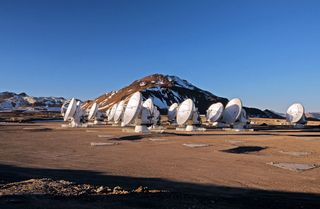
With its superior power, ALMA should be able to probe into previously inaccessible cosmic realms.
For example, ALMA will allow astronomers to image the disks of gas and dust orbiting young stars where planets may be in the process of forming. Dust is impenetrable in optical light, but should be a prime target for studies in the millimeter and submillimeter range. And by looking for perturbations in these disks caused by planets, ALMA could detect planets roughly the size of Earth, scientists say.
The instrument is also uniquely suited to glimpse distant objects that are too faint for most telescopes to see, such as some of the first galaxies that formed, which existed just millions of years after the birth of the universe roughly 13.7 billion years ago.
"To me, it's just spectacular that we can look 12 billion years in time with an instrument like ALMA," Ulvestad said.
SPACE.com's Clara Moskowitz will be traveling to Chile on a trip sponsored by the National Radio Astronomy Observatory (NRAO) to provide full coverage of the event, and will be sharing updates about ALMA, as well as a New York-based reporter's perspective of seeing the Southern Hemisphere night sky for the first time.
Follow Clara Moskowitz @ClaraMoskowitz and Google+. Follow us @Spacedotcom, Facebook and Google+. Original article on SPACE.com.
Join our Space Forums to keep talking space on the latest missions, night sky and more! And if you have a news tip, correction or comment, let us know at: community@space.com.

Clara Moskowitz is a science and space writer who joined the Space.com team in 2008 and served as Assistant Managing Editor from 2011 to 2013. Clara has a bachelor's degree in astronomy and physics from Wesleyan University, and a graduate certificate in science writing from the University of California, Santa Cruz. She covers everything from astronomy to human spaceflight and once aced a NASTAR suborbital spaceflight training program for space missions. Clara is currently Associate Editor of Scientific American. To see her latest project is, follow Clara on Twitter.
